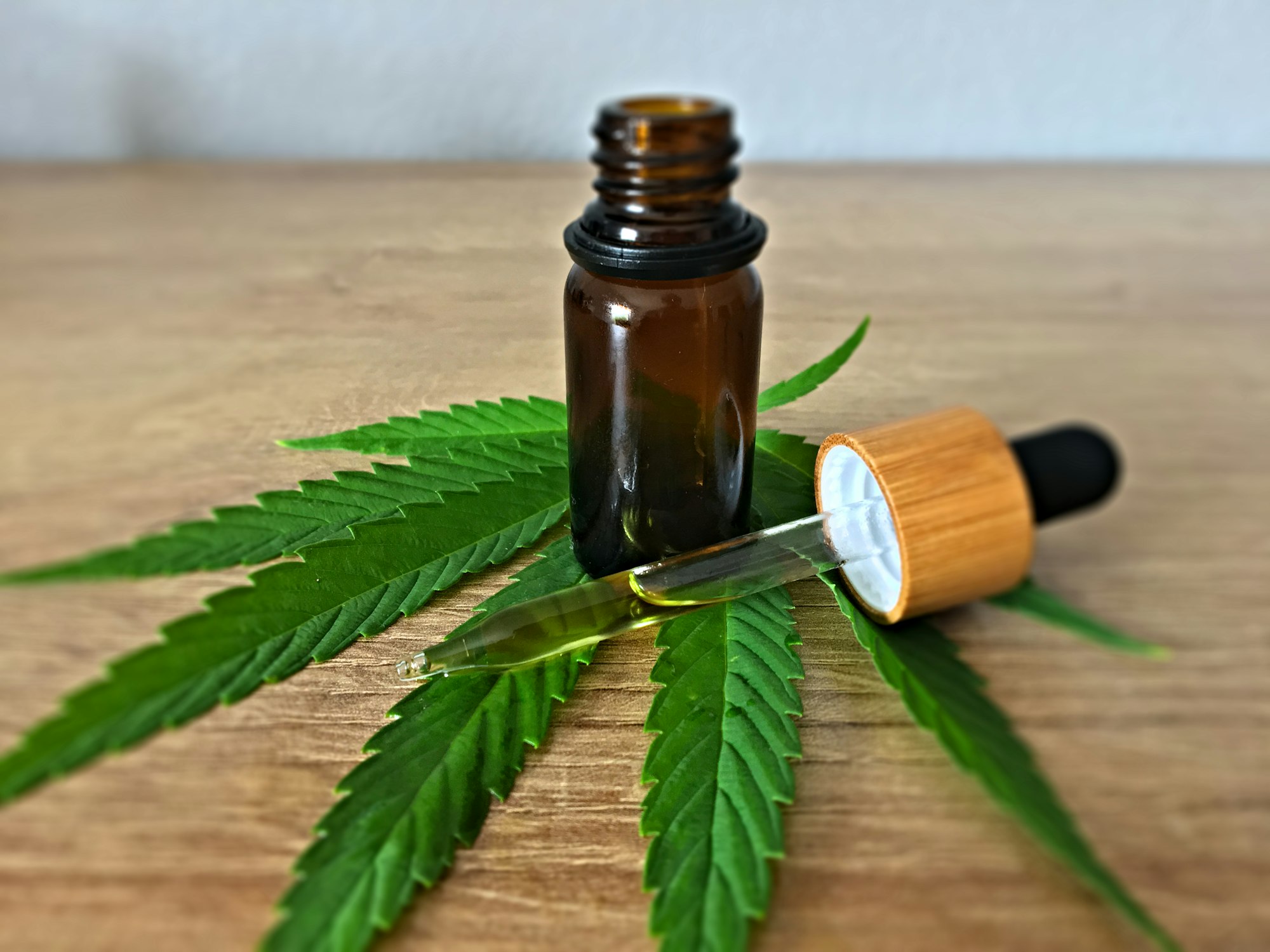A short history of hemp
The history of hemp begins in ancient China and accompanies us through many chapters of history such as the ancient Greeks, the first printed bible and even the American revolution.

Everyone in the industry knows it, when asked about the profession and the associated answer “we work with hemp”, the first thing that often happens is irritated looks, followed by a shocked expression and the statement: “Hemp? Isn’t that a drug? Isn’t that illegal?”. Unfortunately, hemp has increasingly fallen into disrepute in recent decades. A reputation that does not do justice to the green all-rounder.
Mention of the positive effect of hemp as a remedy can already be found in ancient texts. For example, in the “Shennong Bencaojing”, a Chinese book on medicinal herbs written around 300 BC, there are descriptions of hemp as an active ingredient against malaria, rheumatism and other diseases. Analyses of present-day hemp plants show a genetic relationship to wild Chinese hemp and suggest an origin of the hemp plant in Asia. Further research also suggests that ancestors of our useful hemp were deliberately bred and cultivated as early as 12,000 years ago.
But the hemp plant was not only known for its medicinal benefits in ancient times. The ancient Greeks and Egyptians in particular made their clothing from hemp, which was even recorded by the Greek historian Herodotus (ca. 450 BC). In addition to clothing, hemp also played an important role because of its strong fibres. It served as one of the most important raw materials in the construction of medieval weapons such as the longbow. Without the robustness that hemp fibres gave to the sinews of these bows, a longbow, which had to withstand draw forces of over 100 pounds, could not have existed at that time.

In the 13th century, hemp found another great use. Since no wood was used for paper making at that time, hemp served as the most important raw material in paper making. This even led to hemp in the form of hemp paper becoming a witness to significant historical moments. The Gutenberg Bible, which was the first book printed with movable type by Johannes Gutenberg around 1453, was printed on hemp paper. The first drafts of the American Declaration of Independence were also probably written on hemp paper. This is hardly surprising, since George Washington, one of the founding fathers of the USA, himself grew and traded in hemp for its many uses.

Hemp’s greatest success, however, was in shipping in the form of ropes and sails. It was precisely the high resistance and low water absorption of the fibres that enabled hemp to prevail over flax and cotton. However, due to the higher profitability of tobacco cultivation, the cultivation of hemp in Germany in particular came to an almost complete standstill until the beginning of the First World War. During the World War, hemp was rediscovered by the Allies as a raw material for the armaments industry. In the post-war period, hemp temporarily slipped back into a niche, as it was displaced in many areas by other materials such as synthetic fibres in the textile industry.
It is only in recent years that hemp has been experiencing a renaissance and people are rediscovering the positive medicinal, nutritional and structural properties of hemp. Hemp is now used as a building material, power food, medicine and sustainable protein source in meat substitutes. Novel applications of hemp extracts as natural pesticides or pharmaceutical applications are also an active part of hemp research.
